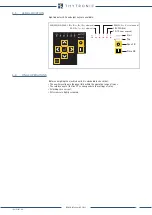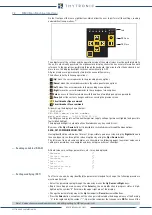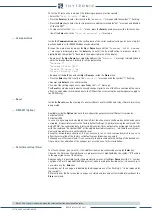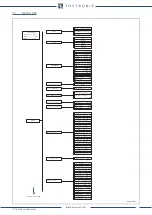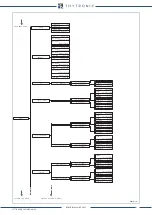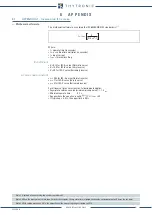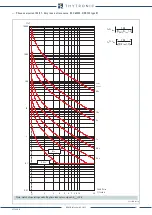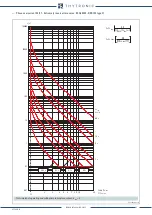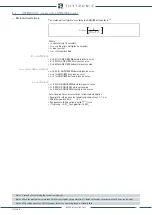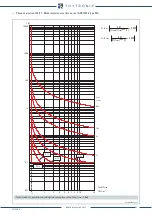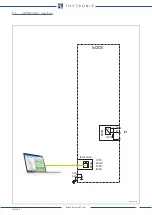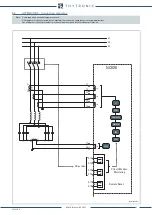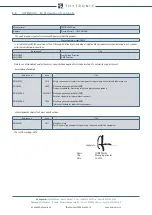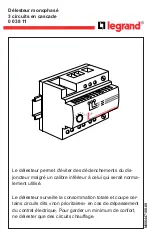
APPENDIX
75
NC020 - Manual - 05 - 2022
8.2
APPENDIX A2 - Inverse time ANSI/IEEE curves
—
Mathematical formula
The mathematical formula, according the ANSI/IEEE standards is:
[1]
Where:
• t
= operate time (in seconds)
• t
I>inv
= setting time multiplier (in seconds)
• I
= input current
• I
>
inv
= threshold setting
K
= coefficient:
• K
= 0.01 for ANSI/IEEE Moderately inverse curve
• K
= 3.922 for ANSI/IEEE Very inverse curve
• K
= 5.64 for ANSI/IEEE Extremely inverse curve
α
= curve shape constant:
• α
= 0.02 for ANSI/IEEE Moderately inverse curve
• α
= 2 for ANSI/IEEE Very inverse curve
• α
= 2 for ANSI/IEEE Extremely inverse curve
L
= coefficient:
• L
= 0.023 for ANSI/IEEE Moderately inverse curve
• L
= 0.098 for ANSI/IEEE Very inverse curve
• L
= 0.024 for ANSI/IEEE Extremely inverse curve
For all inverse time characteristics, following data applies:
• Asymptotic reference value (minimum pickup value): 1.1
I
>
inv
• Minimum operate time: 0.1
s
• Range where the equation is valid:
[2][3]
I
/
I
>
inv
• If
I
> pickup ≥ 2.5
I
n
, the upper limit is 40
I
n
Note 1 Symbols are concerning the overcurrent element.
Note 2 When the input value is more than 20 times the set point , the operate time is limited to the value corresponding to 20 times the set point
Nota 3 With setting more than 2.5 In f the upper limit of the measuring range is limited to 40 In.
t
=
t
>
inv
·
[(
I
/
I
>
inv
)
α
-1]
K
+ L


